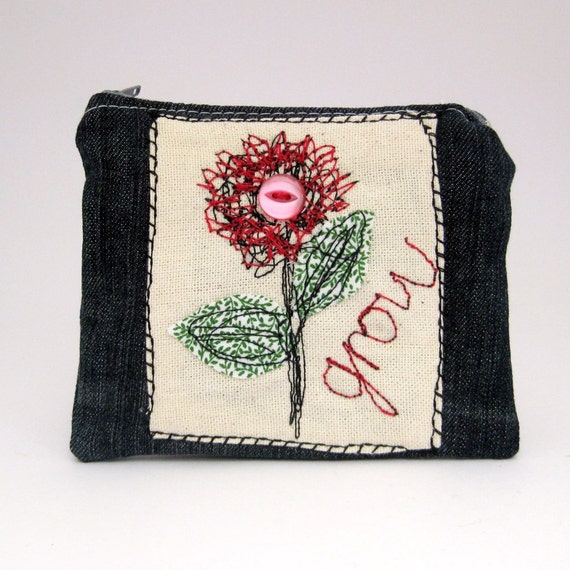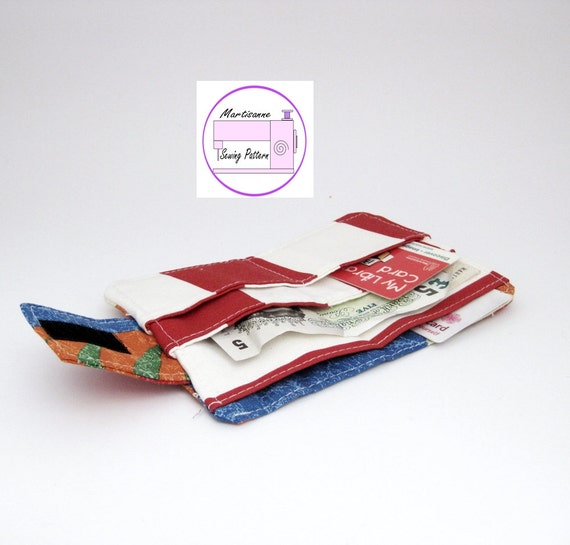You could also create a dress from a less sheer pillowcase using the same method .
Have you got your pillowcase and want to make one of these , I did mine to fit my six year old daughter but measurements can be adjusted to fit other ages.
Then gather your supplies together , not much needed , thread, sewing machine, pillowcase , scissors, tape measure or ruler , tailors chalk , pins and a couple of safety pins.
We are now ready to make this awesome girls nightdress that should take about 20-30 minutes , it will take me longer to write this post than it will for you to make it, you will be running them off in their dozens once you have made one.
First off the flap bit inside the pillowcase, you need to cut this off and put it to one side, cut along the fold where it folds to the inside of the pillow, also cut off the hem on the opposite side to this flap , cut along the stitch line.
Now cut across the top of the pillowcase , the end opposite to the open end , just snip right across the fold as close to the fold as you can get , to open up the pillowcase so you now have a fabric tube.
I found at this stage one of my side seams had started to unravel a little so I just used a straight stitch to sew it back up again, starting a little higher up than the unravelling and remembering to backstitch at the start and finish.
The next stage is to hem both of our open ends of our pillowcase tube, at one end of your tube turn the raw edge from the right side to the wrong side of the fabric 1/4" and fold over again encasing the raw edge , pin and do this all the way around this edge.
Sew using a straight stitch all the way around to create a nice hem with no raw edges , easy peasy lemon squeezy, now repeat the folding the hem, pinning and sewing for the opposite end , so we end up with a nice neat hemmed tube.
Next we are going to get the straps done, grab the flap that we cut off earlier and fold in half lengthways right sides together and pin along the long raw edge, I am not a pinner but you should be.
Sew along the long edge only straight stitch 3/8" seam allowance , un pin and turn your fabric tube right side out.
With the tube finger pressed flat and the seam you have just sewn pressed flat and running straight along the length of the tube, sew a topstitch (straight stitch along both long sides of the tube using a 1/8" seam allowance.
Fold your tube in half with shorter sides together and cut, across the fold giving , you two identical strap pieces.
Put your straps to one side, and we are ready to give the nightdress some shape, this next bit might seem complicated when written down but it is really simple so don't be put off by the next step.
You will need your child's chest measurement , no adding wiggle room or seam allowances , just the exact measurement of a tape measure held comfortably around your child's chest.
My daughter's measurement was 23 inches .
Divide your chest measurement by 2 , this gives me a measurement of 11 1/2 inches.
Add 3/4 inch to this measurement , my number is 11 1/2 + 3/4" which gives 12 1/4 inches.
12 1/4 inches is my measurement that I want from side seam to side seam to measure both on the front and back of my nightdress , so keep this number in mind while I explain how we will get the nightdress measurements to end up where we want them.
Grab your tailors chalk , and safety pins and ruler as we will need to mark and measure the pillowcase.
Make sure your pillowcase is right side facing out , fold your pillowcase in half long side to long side so side seams are touching, mark using your tailors chalk at the top of the pillowcase on both sides where the fold line is
This is marking where the centre front and centre back of your nightdress will fall , lay your pillowcase out flat with the edges you have just marked at the top.
Grab your ruler . do you remember the measurement from earlier 12 1/4 inches
Divide this by two which gives you 6 1/8 inch Remember these are my measurements yours may differ.
Measure along the top edge from side seam in toward the centre along the top edge in my case 6 1/8 inch on both sides left and right and mark with tailors chalk, do the same on the flip side of your pillowcase , so you have marked the front and back.
Now you will need your safety pin, doing one side at a time, you will have three marks on your pillowcase on each side, grab the fabric at the point , where the mark is on the left , still with right side of fabric facing you and pull this in till it meets the centre mark and safety pin in place, now do this again for the mark to the right , pull it in to meet the centre mark, all three marks will meet and safety pin in place.
You will have a nice pleat , repeat for the other side of the nightdress , this will create a centre pleat on the front and back of your nightdress.
I have suggested using safety pins, as you now want your child the nightdress to fit to try it to make sure it is not too tight or loose around the chest, safety pins will hold everything in place without poking anyone.
When you are sure everything fits sew using a straight stitch and as close to the hemline as you can two rows of stitches across the top of the pleats , you only need to sew across where there are two layers of fabric, do this for the front and back , I suggest two rows of stitches to make sure the pleats are secure.
You can see from the photograph how the pleats should look from the inside and outside of the nightdress.
The final stage now is to attach the straps , decide on strap placement this will depend on the recipient of the nightdress but mine I placed 2 inches in from the side seam , so I marked on the front and back of my nightdress and the left and right a mark two inches in from the side seam marking my strap placement.
Now do the same again for the other end of the strap but you are going to be sewing it to the opposite side of the nightdress ( the back/front)
Repeat this step for the other side of the nightdress and strap and you have a perfect finished nightdress.






















































